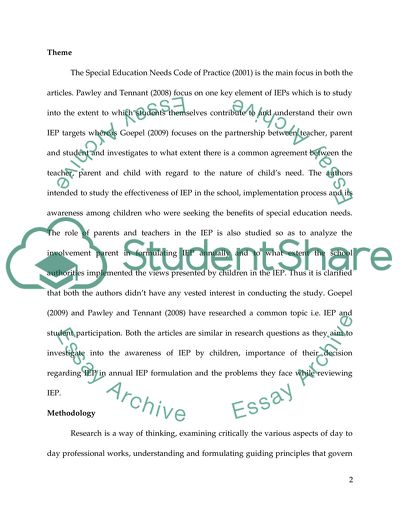Cite this document
(Special Education Needs for Children Article Example | Topics and Well Written Essays - 1500 words, n.d.)
Special Education Needs for Children Article Example | Topics and Well Written Essays - 1500 words. https://studentshare.org/education/1743855-critical-review-of-two-articles
Special Education Needs for Children Article Example | Topics and Well Written Essays - 1500 words. https://studentshare.org/education/1743855-critical-review-of-two-articles
(Special Education Needs for Children Article Example | Topics and Well Written Essays - 1500 Words)
Special Education Needs for Children Article Example | Topics and Well Written Essays - 1500 Words. https://studentshare.org/education/1743855-critical-review-of-two-articles.
Special Education Needs for Children Article Example | Topics and Well Written Essays - 1500 Words. https://studentshare.org/education/1743855-critical-review-of-two-articles.
“Special Education Needs for Children Article Example | Topics and Well Written Essays - 1500 Words”. https://studentshare.org/education/1743855-critical-review-of-two-articles.


